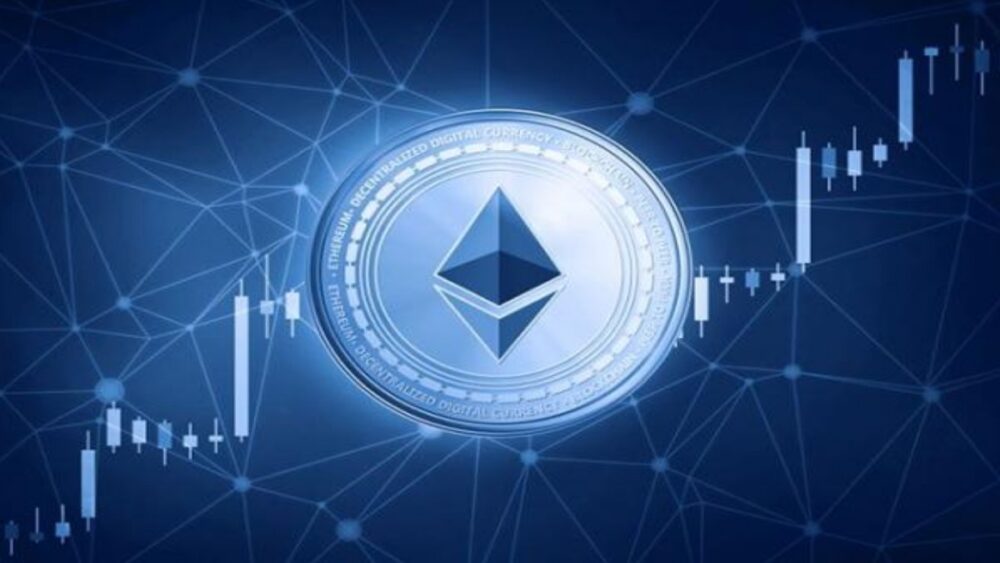Ethereum, the second largest cryptocurrency by market capitalization, has been one of the most popular trading assets in the crypto market. In recent years, Ethereum has seen significant growth in terms of its market value and trading volume. As the market dynamics of Ethereum continue to evolve, traders need to understand the changes and adapt to the new trading environment.
The Rise of Decentralized Finance (DeFi)
One of the major drivers of the evolving market dynamics of Ethereum trading is the rise of decentralized finance (DeFi) applications. DeFi is a new financial system that operates on the Ethereum blockchain and allows users to access financial services without the need for intermediaries such as banks. DeFi has gained significant traction in recent years and has become a major use case for Ethereum. The growth of DeFi has led to an increase in the demand for Ethereum, as it is the primary currency used in many DeFi applications.
Traders who want to take advantage of the growth of DeFi can invest in Ethereum and participate in the DeFi ecosystem. However, traders should be aware that the DeFi space is still new and relatively untested, which means that there are risks involved in investing in DeFi projects. Traders should do their own research and due diligence before investing in any DeFi project.

The Impact of Ethereum 2.0
Ethereum 2.0 is a major upgrade to the Ethereum blockchain that is expected to bring significant improvements in terms of scalability, security, and sustainability. The upgrade will introduce a new consensus mechanism called Proof-of-Stake (PoS), which will replace the current Proof-of-Work (PoW) mechanism. PoS is expected to reduce the energy consumption of the Ethereum network and increase its transaction throughput.
The launch of Ethereum 2.0 is expected to have a significant impact on the market dynamics of Ethereum trading. The upgrade is expected to increase the demand for Ethereum, as it will make the network more efficient and scalable. Traders who want to take advantage of the launch of Ethereum 2.0 can invest in Ethereum before the launch and hold it until the network is upgraded. However, traders should be aware that the launch of Ethereum 2.0 is still in progress, and there is no fixed timeline for its completion.
The Role of Institutional Investors
The involvement of institutional investors in the crypto market has been increasing in recent years. Institutional investors such as hedge funds, family offices, and pension funds are starting to invest in cryptocurrencies, including Ethereum. The entry of institutional investors into the crypto market is expected to increase the demand for Ethereum and other cryptocurrencies.
Traders who want to take advantage of the involvement of institutional investors can invest in Ethereum and hold it for the long term. However, traders should be aware that institutional investors may have a different investment strategy and risk appetite than individual investors. Traders should do their own research and due diligence before investing in Ethereum or any other cryptocurrency.

The market dynamics of Ethereum trading are evolving, driven by factors such as the rise of DeFi, the launch of Ethereum 2.0, and the involvement of institutional investors. Traders who want to take advantage of these changes need to understand the risks and opportunities involved and adapt to the new trading environment. It is important for traders to do their own research and due diligence before investing in Ethereum or any other cryptocurrency.

